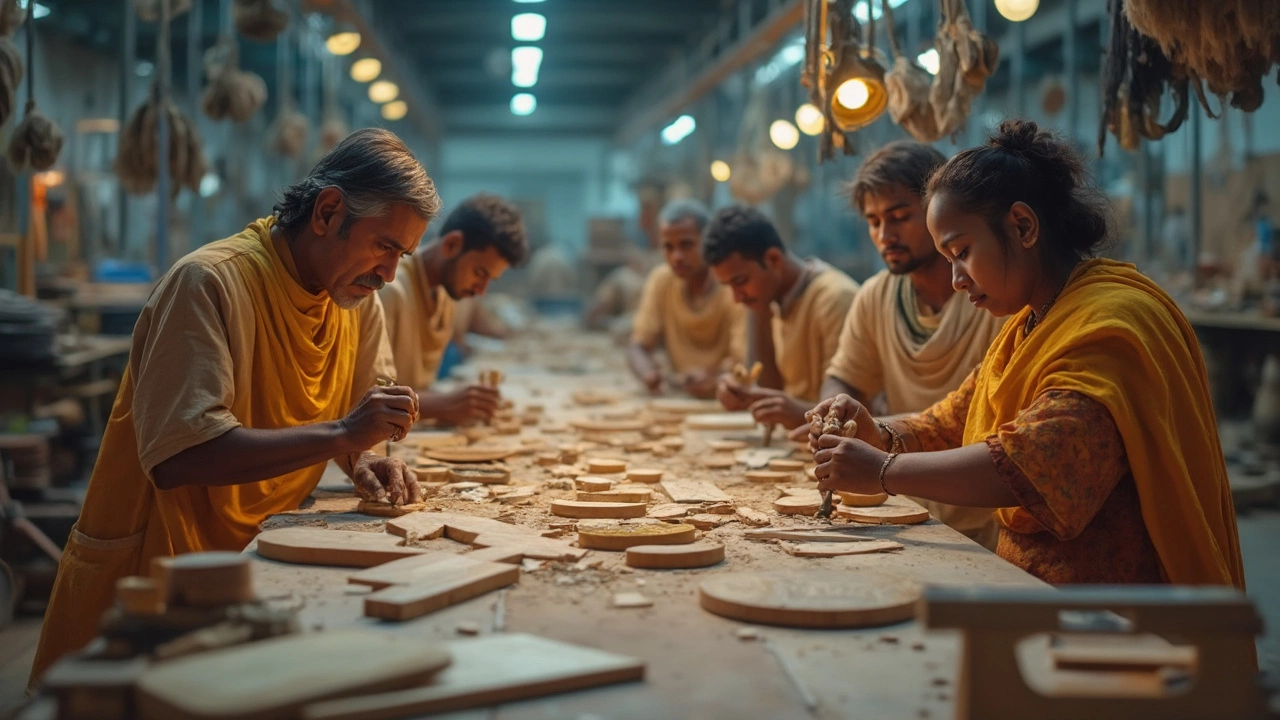Manufacturers India: What You Need to Know
If you’re hunting for a partner to turn your product idea into reality, India should be at the top of your list. With a workforce of over 150 million workers and a government that promotes "Make in India," the country offers a blend of cost‑efficiency, technical skill, and scale that’s hard to beat.
But diving into the Indian manufacturing scene isn’t as simple as picking a name off a directory. You need to understand which sectors are booming, how quality is measured, and what red‑flags to watch for. The following guide breaks down all that you need to feel confident when choosing a manufacturer in India.
Key Sectors Driving Growth
Not all manufacturing verticals move at the same speed. Here are the three that are pulling the biggest weight in 2024‑2025:
- Automotive & EV components – The push for electric vehicles has fast‑tracked factories that produce batteries, motor housings, and lightweight chassis. Major players like Tata Motors and Mahindra are also opening joint ventures with foreign brands.
- Pharmaceuticals & chemicals – Hyderabad, often called the "Pharma City," hosts more than 3,000 drug manufacturers. The sector benefits from strong export incentives and a strict yet transparent regulatory framework.
- Electronics & IoT hardware – With the rollout of 5G, demand for printed circuit boards, smart‑sensor modules, and consumer gadgets is soaring. Cities such as Bangalore and Pune are emerging as electronics hubs.
These three areas not only have the most capacity but also the highest rates of technology adoption, meaning you’ll likely find partners that already work with modern CAD/CAM tools, Industry 4.0 sensors, and ISO‑certified quality systems.
How to Choose a Reliable Manufacturer
Finding the right factory is a mix of homework and conversation. Follow these steps to keep the process smooth:
- Check certifications. Look for ISO 9001, ISO 14001, and sector‑specific standards like GMP for pharma or IATF 16949 for automotive. Certifications are a quick way to gauge a plant’s commitment to quality and environmental practices.
- Ask for sample runs. Before signing a large contract, request a low‑volume pilot. This lets you test lead times, tolerances, and how the manufacturer handles feedback.
- Visit the facility. If you can fly to the plant, you’ll see firsthand whether equipment is up‑to‑date, if workers follow safety protocols, and how organized the production floor is. Even a short virtual tour can reveal a lot.
- Verify supply‑chain transparency. Ask for a list of their sub‑suppliers and see if they use traceability software. Knowing where raw materials come from helps you avoid hidden risks.
- Negotiate clear terms. Define payment schedules, quality‑control checkpoints, and penalties for missed deadlines in the contract. Clear terms protect both sides and speed up issue resolution.
Remember, the cheapest quote isn’t always the best deal. A slightly higher price from a factory with strong quality controls can save you money on rework, returns, and brand damage.
Finally, keep communication simple. Use tools like WhatsApp, email, or project‑management platforms that both parties are comfortable with. Quick, transparent updates keep the project on track and build trust over time.
India’s manufacturing landscape is vast, but with the right research and a systematic vetting process, you can tap into a network that delivers high‑quality products at competitive prices. Whether you’re launching a new gadget, a pharma product, or an automotive part, the country’s mix of talent, infrastructure, and government support makes it a fertile ground for growth.
Ready to start? Grab a shortlist of potential partners, set up virtual introductions, and let the pilot runs begin. The right Indian manufacturer could be the catalyst that turns your concept into a market‑ready success.
